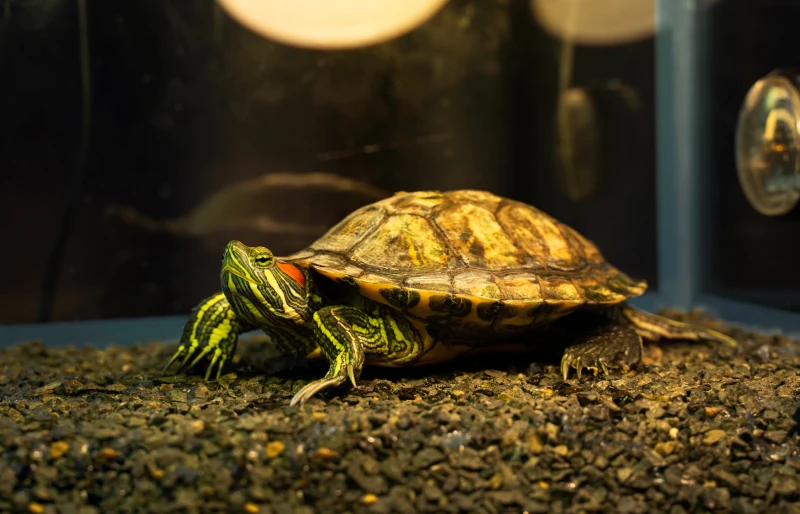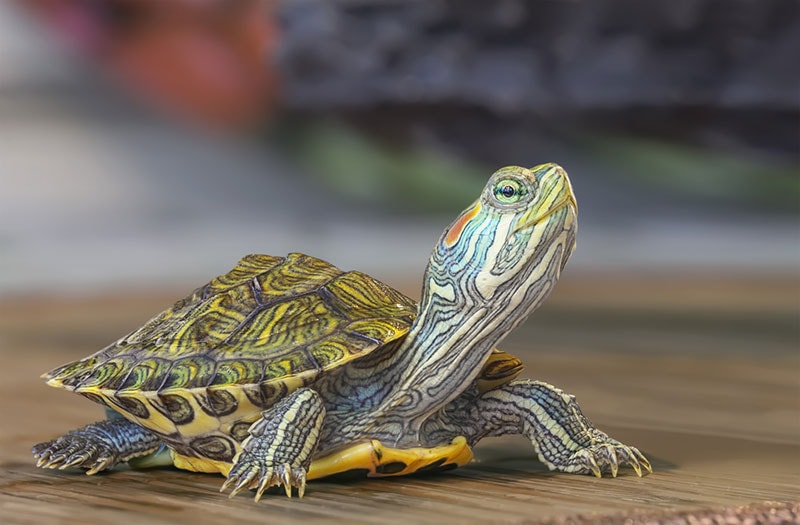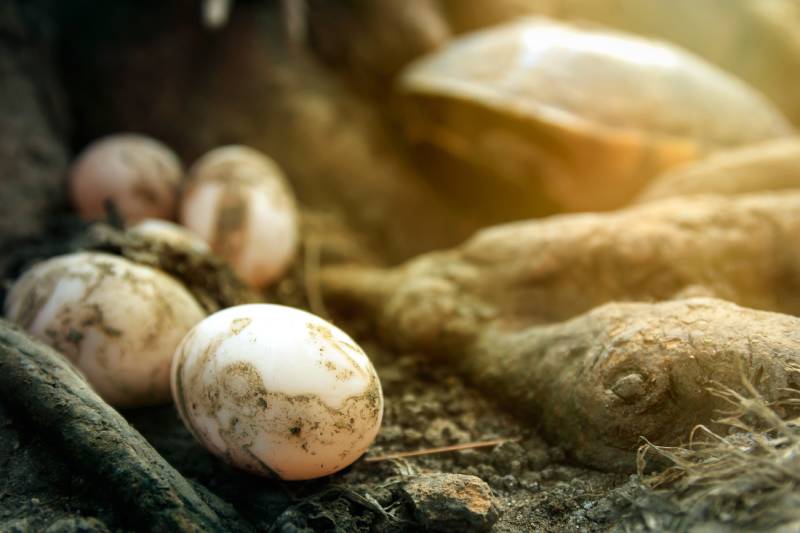How Long Can Turtles Go Without Eating? Vet-Reviewed Facts

Updated on
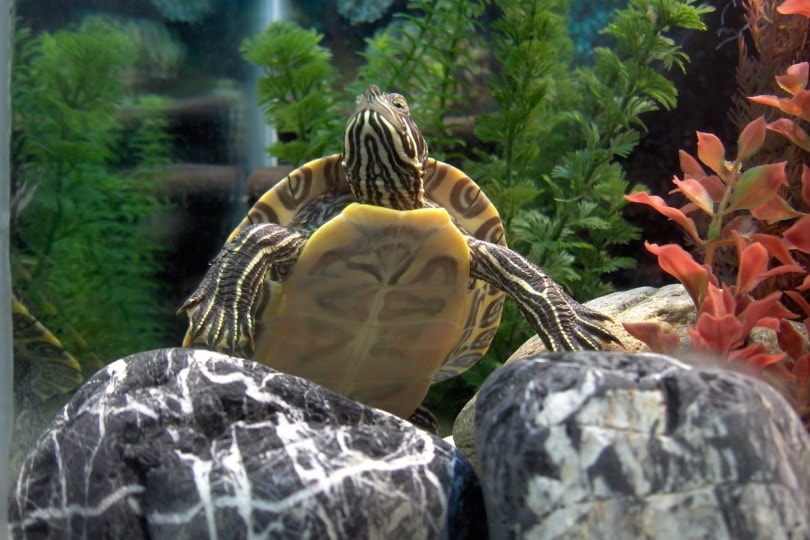
Turtles are lower maintenance pets than dogs and even cats. They’re generally relaxed and they don’t take much care. However, you do need to ensure that the needs they do have are met, and this includes making sure that they are fed a suitable diet. Although the ideal diet will depend on the species of turtle, most will eat a combination of insects and other meat, as well as vegetation like fruit and vegetables. Initially, young and juvenile turtles should be fed daily but as they get older they can be fed two or three times a week.
In the wild, turtles can go several weeks or months without food, during brumation, but turtles are less likely to brumate when kept as pets. Although it is not recommended, turtles can go several weeks without food. If you plan on leaving your turtle for longer than a few days, you should try and get somebody to feed the turtle for you. They will only have to pop in every 2–3 days while you’re gone, and they don’t need walking, so it is easier than finding somebody to dog sit.
How Long Can Turtles Go Without Food?
During brumation, turtles can go several months without eating. Even at other times, they can go a week to several weeks without food, depending on availability and other factors. As pets, though, turtles should never be allowed to go this long without having something to eat. The longest a pet turtle should really go without food is just a few days, although they may be able to survive a week or two.
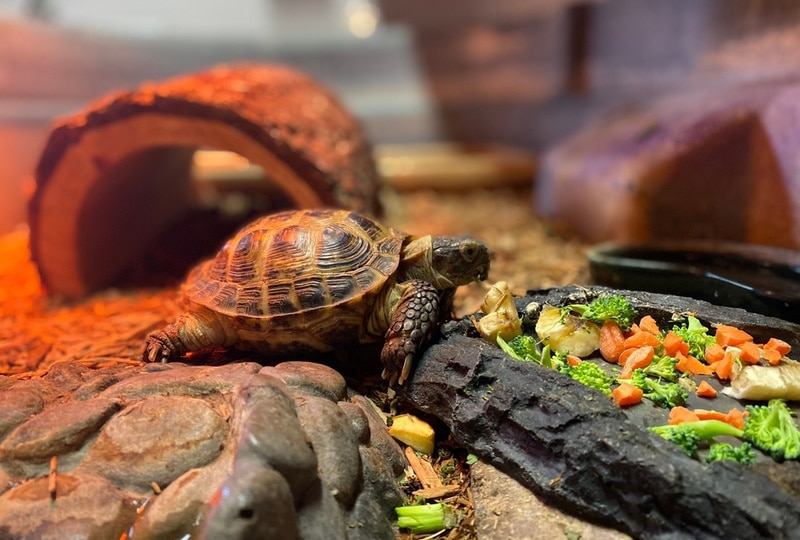
Turtle Diet
Turtles are generally omnivores. They will enjoy a diet that consists of both meat and plant-based ingredients. You can feed insects and let your turtle wander the garden eating slugs and snails. You can also feed commercially available food as well as sardines and cooked meats like chicken and beef. This should be supplemented with vegetables and plants like dandelions and mustard greens. Avoid feeding too much spinach or other vegetables that contain oxalates, however, because these can make turtles very ill.
The 5 Incredible Turtle Facts
1. Tortoises Are Turtles, But Not All Turtles Are Tortoises
The turtle genus is a type of animal that consists of reptiles with shells. This includes tortoises and even terrapins. But when people refer to turtles, they are usually referring to sea and other aquatic turtles.
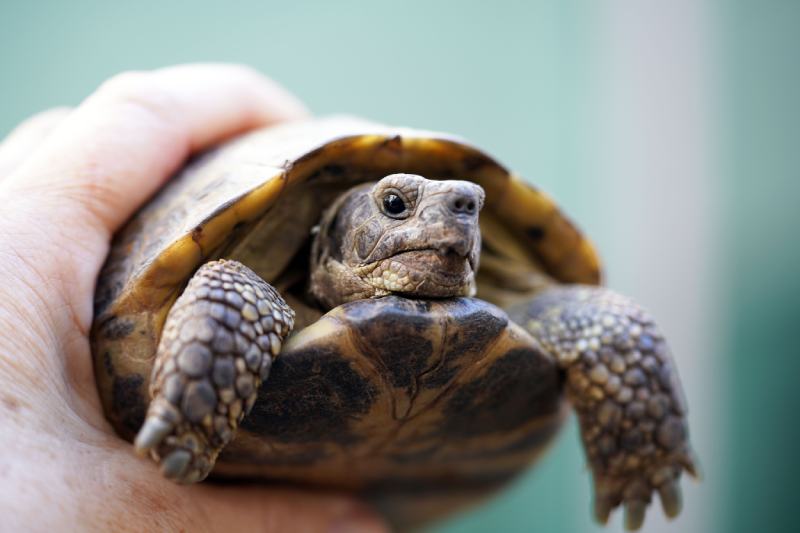
2. Some Turtles Are Herbivores
Although most turtles do enjoy a diet of both meat and plant food, this isn’t true of all species. The Green Sea Turtle, for example, has a diet that consists primarily of sea plants and algae. In fact, it gets its recognizable color from the pigments in the green food it eats.
3. A Turtle Can Lay More Than 100 Eggs at a Time
Sea Turtles lay their eggs in the sand. They will have multiple clutches over the space of several months and each clutch can consist of 100 eggs or more. This means that a female turtle may have several hundred young each year. Unfortunately, baby turtles have a high mortality rate because they face a host of threats both on land and in the sea.
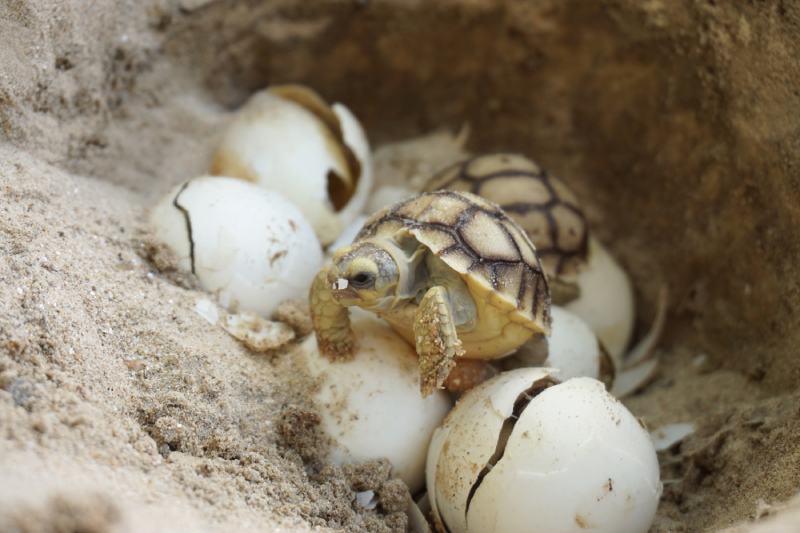
4. Turtles Date Back to the Dinosaurs
Turtles not only look prehistoric—they are. They date back approximately 200 million years, which means they were around when dinosaurs were. They are older than snakes and even crocodiles and alligators.
5. Turtles Don’t Live Inside Their Shells
It’s a misconception that turtles live inside their shells and some people even believe that they can live without their shells. In truth, the shell is effectively an extension of the turtle’s ribs, and a turtle cannot be removed from its shell without being killed. The shell also grows at the same pace as the turtle so it will never outgrow it and doesn’t need to grow a new shell. And, while some turtles can retract their heads back into their shell, this isn’t true of all species.
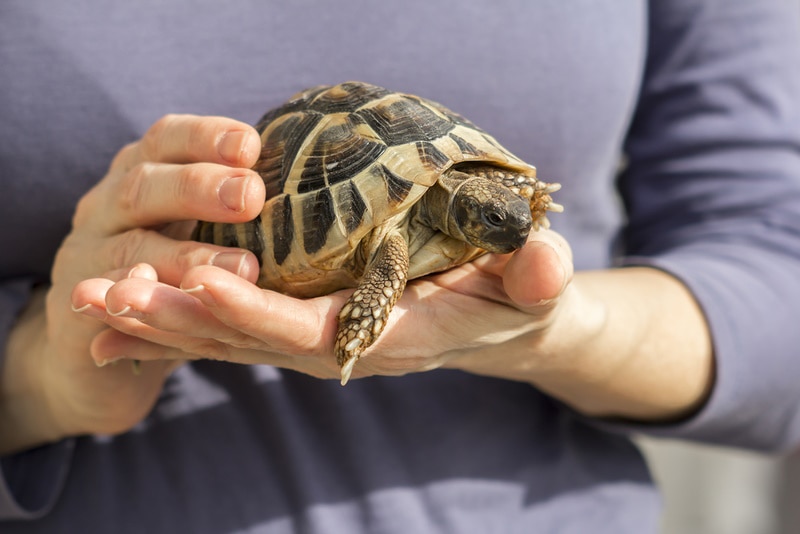
Conclusion
Turtles are amazing creatures that date back to the time of the dinosaurs. There are hundreds of species of turtles, which include tortoise and terrapin species. And while we typically think of sea turtles and aquatic turtles when we talk about turtles, there are many species that are terrestrial and unable to swim. They do make good pets because they don’t require grooming or walking, and they are fascinating to watch.
Their diets are also relatively straightforward, with most species requiring a combination of meat and plants. But while they can go a week to several weeks without food, pet turtles should never be made to go without food for more than a few days at a time.
Featured Image Credit: norberto, Shutterstock


